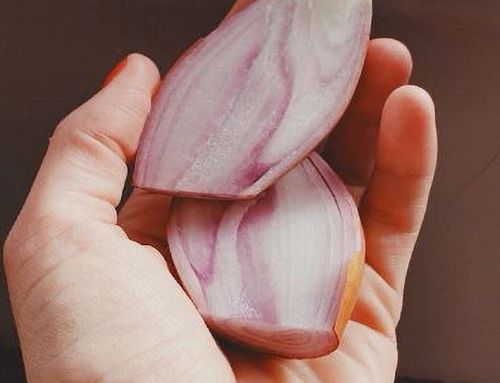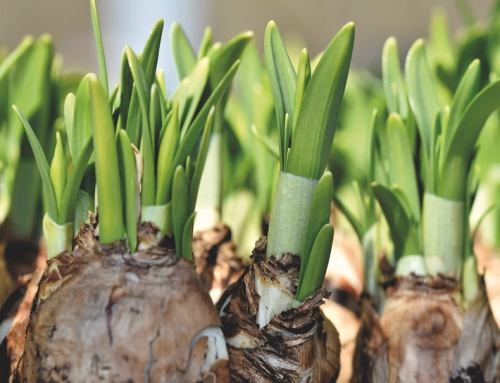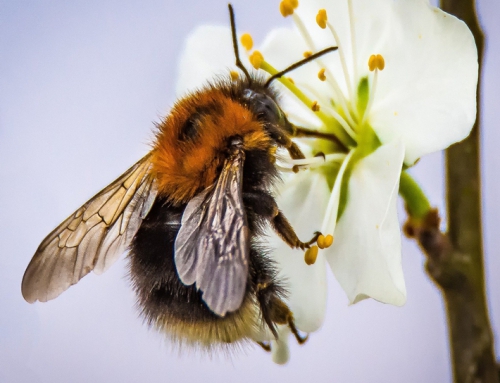Growing Onions.
Onions are possibly the most versatile vegetable…there are not many recipes that don’t feature onions in some shape or form. They have a myriad of health benefits including boosting digestive health, bone density and heart health. They are loaded with antioxidants, contains cancer fighting compounds and are packed with nutrients. Onions are nutrient dense, meaning raw onions are low in calories but high in vitamins and minerals. What is not to love about them? Therefore growing them is a great way to ensure you’ve always have some to hand and you get the reward of seeing them grow into delicious Onions.
 There are also Japanese Onions that can be planted during the autumn months and overwintered to give an earlier crop and Spring Onions, grown for salads. These will be covered at a later date.
There are also Japanese Onions that can be planted during the autumn months and overwintered to give an earlier crop and Spring Onions, grown for salads. These will be covered at a later date.
Maincrop onions can be grown from seed or sets. Sets are immature bulbs and by far the easiest way to grow them. You can also choose which variety best suits your own personal taste.
Planting
Onions need a sunny, sheltered site with fertile, well drained soil. They do not thrive in acid soils so an application of lime may be beneficial. A slight word of warning here, you should never lime and manure at the same time so try to correct the pH well before adding manure. Before you plant you need to prepare your planting area. Improve your soil with garden compost or well rotted manure and for every square metre add 35g of general purpose fertiliser such as Growmore.
Plant onion sets 5-10cm (2-4in) apart in rows 25-30cm (10-12in) apart from mid-March to mid-April. Gently push the sets into soft, well-worked soil so that the tip is just showing, and firm the soil around them. They like a firm seed bed.

Birds can be a problem lifting the new sets, so cover with fleece until the roots are established. Gently push any back into the ground that have been exposed or moved.
Onions are best suited for growing in the open ground, but you could grow a short row or two in large, deep containers or raised beds. They are not really suitable for growbags.
If you fancy growing from seed they need to be started earlier. Generally seed raised Onions keep better and don’t ‘bolt’ (flower – an undesirable trait) so readily. Start them off in a greenhouse in January or February, prick out when large enough and grow on to be planted out in April or May. Alternatively they can be sown direct into the ground in March/April. They will need thinning later on but these can be used as spring onions in salads. Otherwise everything else is the same.
Growing onions steadily for best results
Grow your young plants steadily to get the largest results possible. They will require watering if the weather is dry, as drought can be disastrous. An occasional feed with a general liquid fertiliser is good. A light feed of sulphate of potash in June will help ripen the bulbs. Stop feeding and watering once the bulbs have finished swelling. The bulbs need to emerge from the soil to ripen well, so gently remove the earth from around them if necessary. This will help when storing them through the winter months.
Hand weed regularly and remove any flower spikes once you see them. Onions that have flowered will not keep so use them as soon as you can.
Harvesting
Once the foliage begins to turn yellow and topple over then it is time to harvest your onions. Lift the bulb before the foliage completely dies down. Place on a rack in the sun outdoors or a well ventilated greenhouse for two weeks to ripen. Once the foliage is dry and papery the onions can then be stored in a cool, dry place until needed. They are often plaited into strings and hung.
Common Problems
To prevent problems try to plant your onions in a different site each year. However it is sometimes unavoidable and the common pests and diseases in onions are-

Onion white rot: A soil borne fungus that causes wilting and yellowing of the foliage above ground, whilst also rotting the roots and the bulb beneath the soil, which later become covered in small, round black structures. There is no treatment for it once it is in the soil, so take particular care to avoid cross contamination on tools or footwear for example.
Onion downy mildew: A fungal disease that damages foliage and bulbs. The result is poor yields. It is a problem in damp conditions. This can be avoided by planting in a light airy space with well drained soil and leaving enough space between your sets. Avoid watering from overhead. Affected leaves can be removed.
Leek rust: A fungal disease causing bright yellow spots on the leaves. Mild attacks of rust won’t harm the plant, a bad infestation will cause the leaves to shrivel and will affect the yield. To avoid don’t crowd the plants. If you do get leek rust dispose of any infected plant material and don’t grow any onions, leeks or garlic in the same area for three years.
Don’t panic though you’ll probably never encounter any of these. Onion growing is easy and rewarding. Here are some useful tips on choosing which type of onion is for you. Happy gardening.






